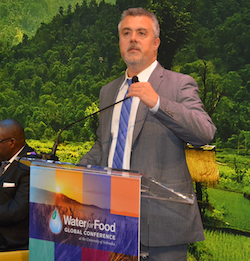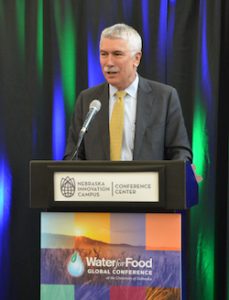 We would like to introduce AgNewsWire as Agriculture’s Virtual Newsroom for organizations and companies to efficiently distribute materials such as photos and audio to media and other interested parties.
We would like to introduce AgNewsWire as Agriculture’s Virtual Newsroom for organizations and companies to efficiently distribute materials such as photos and audio to media and other interested parties.
“Content is king in today’s world and getting it out quickly to as many places as possible is the best way for a company or organization to amplify their message, whether it be a major announcement or a week long convention,” said ZimmComm President Chuck Zimmerman. “We have actually been doing this since 2005, starting with the introduction of the Talking News Release distributed through AgNewsWire, but wanted to re-brand the concept and re-introduce it to the agricultural marketing community for 2017.”
The virtual newsroom is a place where photos, audio, press releases and even video are hosted on a direct page with an individual url that can be updated as an event unfolds, continued after it concludes, and archived for future use. The content is promoted to 2,100 agricultural news media contacts via AgNewsWire email distribution, as well as amplification through social media networks including Twitter, Facebook and Instagram. In addition, AgNewsWire reaches non-traditional media sources such as bloggers and podcasters who are also always seeking fresh content.
AgNewsWire provides high quality photos and audio from over 50 agricultural industry events each year and serves as a source for multi-media content relating to current issues. All content on AgNewsWire is open source under Creative Commons license CC0 and available free of charge with no attribution necessary. As a virtual newsroom for agriculture, AgNewsWire includes a searchable archive of content dating back to 2005.










